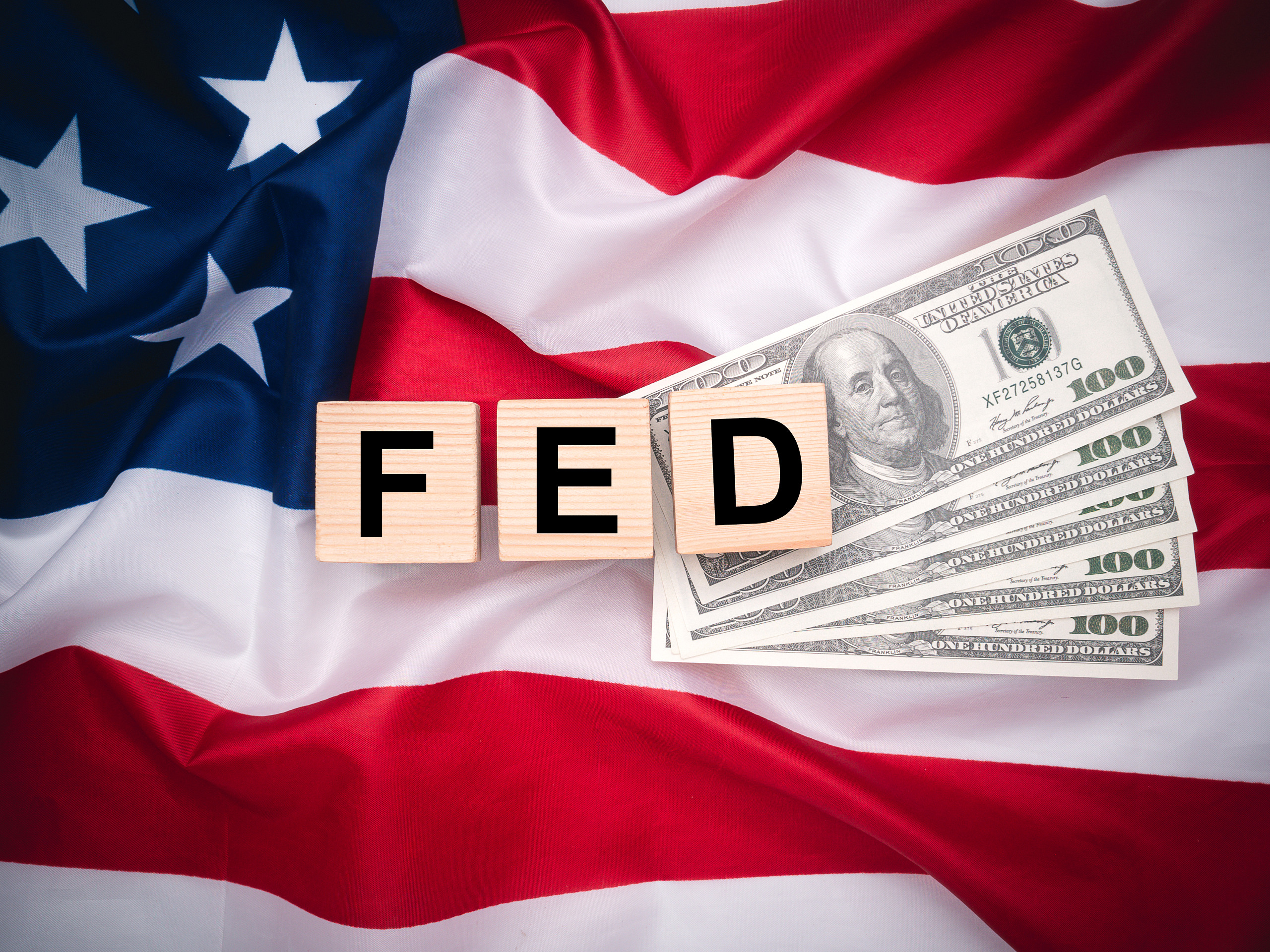In a much-anticipated announcement, the Federal Reserve has decided to maintain its key interest rate while signaling just one rate cut expected before the end of the year. This decision, revealed after the two-day Federal Open Market Committee (FOMC) meeting, may not be as aggressive as some had hoped, but in the current economic climate, “we’ll take it.”
Balancing Act
The Fed’s decision reflects a nuanced understanding of the economic landscape. The central bank is cautiously optimistic, with inflation still above the 2% target but showing signs of moderation. The FOMC’s post-meeting statement highlighted “modest further progress” towards the 2% inflation objective, a shift from previous months’ language that noted “a lack of further progress.”
This slight change in tone was enough to buoy market sentiment, sending the S&P 500 to a new record high. It indicates that while the Fed is not ready to significantly loosen policy, it acknowledges the progress made in controlling inflation.
Market Reactions and Projections
Investors and traders, always keenly attuned to the Fed’s signals, reacted positively to the announcement. Instead of the two previously indicated rate cuts, the prospect of just one this year seems to strike a balance between combating inflation and supporting economic growth.
The FOMC’s “dot plot,” which charts individual policymakers’ rate expectations, suggests a more aggressive cutting path in 2025, with four reductions totaling a whole percentage point. By the end of next year, the federal funds rate benchmark is projected to be around 4.1%.

Higher Long-Run Rate
Another significant aspect of the announcement was revising the long-run interest rate projection, which increased to 2.8% from 2.6%. This adjustment signals that the Fed anticipates a higher baseline rate to maintain economic stability, reinforcing the “higher-for-longer” narrative gaining traction among policymakers.
Inflation and Economic Outlook
The Fed’s preferred inflation measure, the Commerce Department’s personal consumption expenditures price index, showed slight improvements, with respective readings of 2.7% and 2.8% for April. However, core inflation, excluding food and energy, remains a better long-term indicator and a focal point for the Fed.
Despite the challenges, there is optimism. The Summary of Economic Projections (SEP) indicates that inflation will return to the 2% target by 2026. Economic data from the first quarter of 2024 showed a mixed bag, but recent months have been more encouraging, with the Atlanta Fed tracking GDP growth at a solid 3.1%.
Looking Ahead
Fed Chair Jerome Powell emphasized that while progress has been made, there needs to be more confidence to begin loosening policy significantly. “We see today’s report as progress and building confidence,” Powell noted. “But we don’t see ourselves as having the confidence that would warrant beginning to loosen policy at this time.”
The Fed’s cautious approach aims to wring inflation out of the system without harming job growth, creating a “Goldilocks” scenario of a strong economy with controlled inflation. As David Russell, global head of market strategy at TradeStation, put it, “The strong economy is letting Jerome Powell wring inflation out of the system without hurting jobs. Goldilocks is emerging, but policymakers don’t want to jinx it.”
A Step Forward
In summary, the Fed’s announcement of only one rate cut in 2024 may not be the aggressive move some had hoped for, but it reflects a careful balance between optimism and caution. The progress towards the 2% inflation target and solid economic performance suggests that the Fed’s strategy is working. As we navigate the rest of the year, this steady approach is a positive sign for both markets and the broader economy.
In today’s complex economic environment, a cautious yet optimistic outlook from the Fed is a win. So, while we may have hoped for more, we’ll take it for now.




